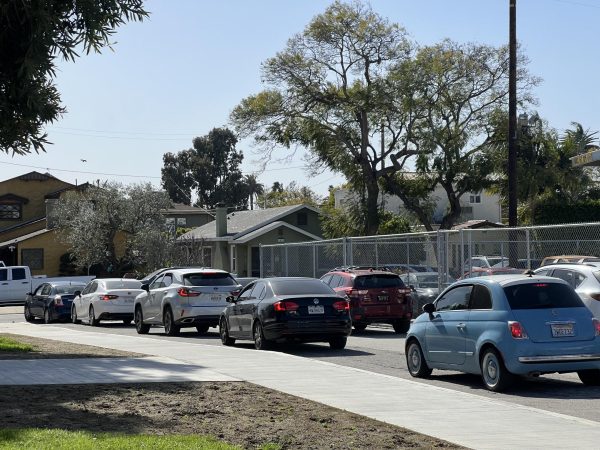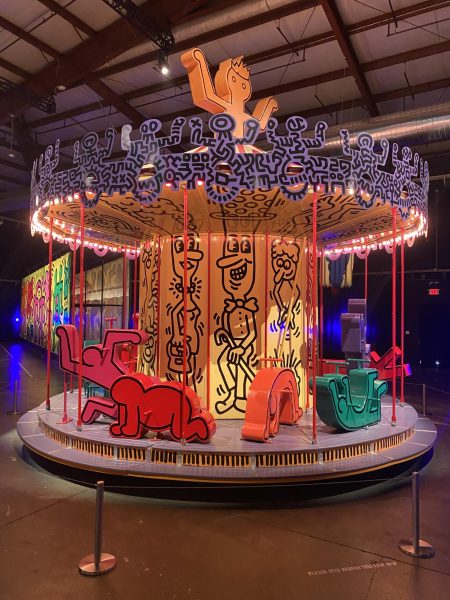There’s A Shift In The Stigma Around Mental Health
June 15, 2023
The shift in stigma around mental health has changed drastically over the course of the last decade. Over the past few years, we’ve seen the conversation around mental health has been much more accepting and is very common now.
People who struggle with mental health are not ashamed or viewed differently as they once were before. The opinion on the topic is very different amongst generations due to the changing outlook on it. Many used to see mental health as something to be embarrassed of and felt a need to hide it due to the stigma.
In the past years new information has created a pathway for future generations to make the conversation around it more normalized compared to before. Psychiatric social worker Rosa Escobar says it’s now more okay to feel emotions you’re going through.
“It was always like, ‘don’t be sad, like get over it right away.’ And now it’s becoming a lot more normalized. It’s like it’s okay to be sad or angry or whatever kind of feelings you have,” she says.
The progress made throughout the pandemic has made it so much easier to not be ashamed or feel as passive towards the emotions, which can create a big shift in life.
In some cultures mental health is a topic that is dealt with passively, and it’s difficult to be able to fully accept or get help in such an environment. It takes a very long time even, sometimes, to get the right treatment and fully understand what you are going through.
“I think sometimes that’s where culture is kind of a barrier, because it’s a taboo,” she says. “You don’t talk about this—you keep it quiet, you keep it at home, or sometimes you might be in a household where the disciplinary actions are very different.”
When the pandemic hit, a lot of people had to really take time with themselves. The newfound isolation or limited social interactions made it so that many people had to create a unity virtually.
COVID-19 created a very big impact on shifting attitudes towards mental health, because many had to experience being isolated whether it was alone or with company. Being inside and not having any information on the disease and so many restrictions created a lot of conversation about mental health. Social media also became a very popular way to communicate.
Since everyone was in the same state without having the ability to go out and socialize. Especially because of social media, it was a lot to access information about mental health and an easy way to express newfound emotions amongst many. Social media was also a big part in people finding comfort amongst knowing that they weren’t alone in feeling many of the same emotions.
Struggling with mental health at school is something that is dealt with differently amongst all students. Teachers approach the topic differently as some may not be able to understand what the student is going through.
The increase in conversation about mental health schoolwide makes it easier to not make assumptions or misinterpret struggles students deal with.
Biology teacher Julia Bare says that the pandemic changed the way people interact with one another and opened up the conversation about mental health. The idea of students’ intelligence being determined by their grades and testing is something she said is very ingrained in many students’ heads and is something that could not be further from the truth.
“One of the things that I do is really try to teach the science of mental health with the goal that students would practice it on their own,” she says. “I teach it to my AP kids as well—this idea that you are not your grades, you are much more interesting. Your grades are one of the least interesting things about you.”
The stigma surrounding the conversation around grades has been so consistently heavy in taking part in mental health problems.
Senior Mikayla Nackman, the secretary of the Mental Health Advocacy says the stigma around mental health has changed for almost everyone due to the pandemic.
“It’s kind of being flipped now,” she says. “Before, if you did talk about it, you got weird looks. But I think now that people who talk negatively about it now they’re the ones who get the weird looks, like older generations who aren’t so used to being open to the conversation surrounding it.”
Casual conversations surrounding the topic have become more and more common, so much so that it’s almost somewhat strange to hear that some people don’t experience emotions like anxiety. Nackman says how the casualness around the topic has removed the stigma.
“I have casual conversations with my friends about us both having anxiety,” she says. “She once told me ‘Oh, my friend told me she doesn’t even experience anxiety.’ And I’m like, ‘People don’t experience anxiety?’ I think it got so common where everyone kind of has it now and it’s kind of rare to see people not have it.
“The thing with anxiety is like, you get anxious, even talking about it. And so I think since so many people experience it, it makes it more common and works towards taking the stigma away. The continuing conversations revolving around it help normalize it. And then it helps people lose that anxiety of talking about your anxiety.”





